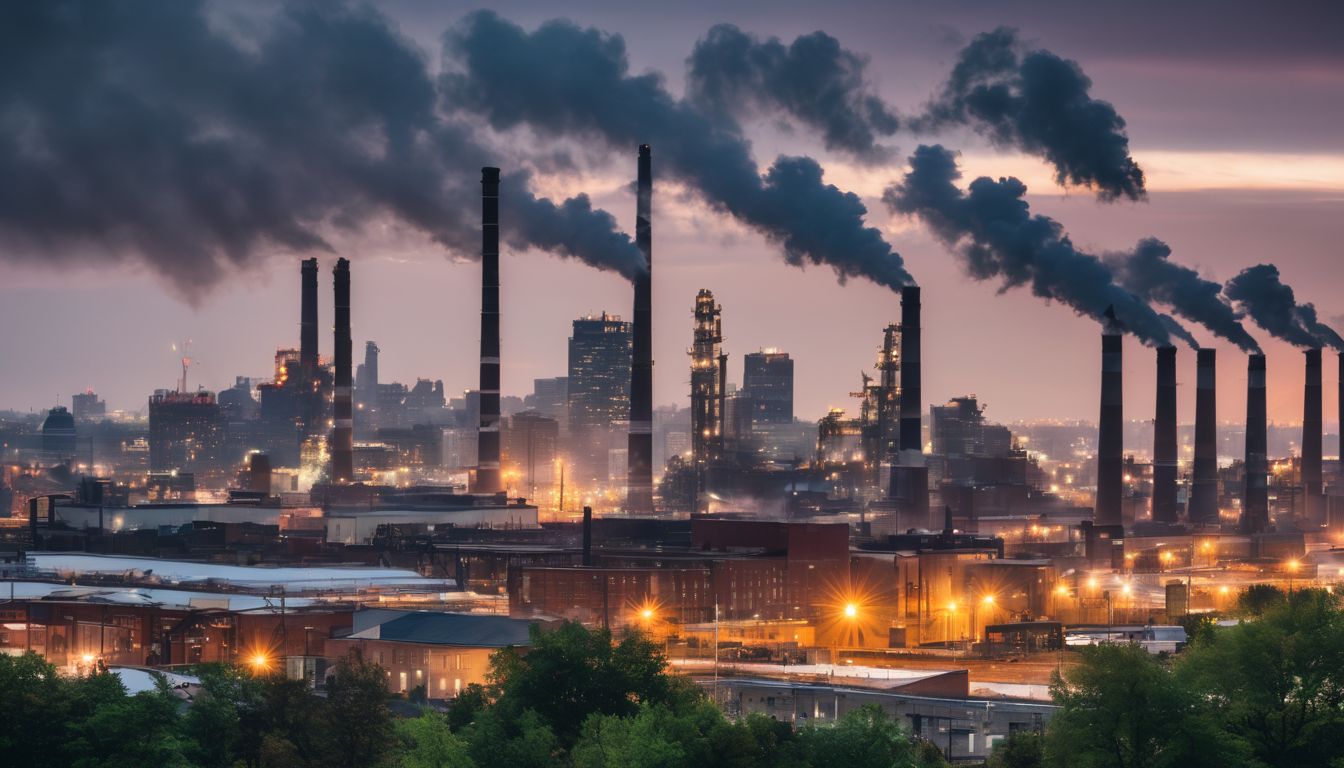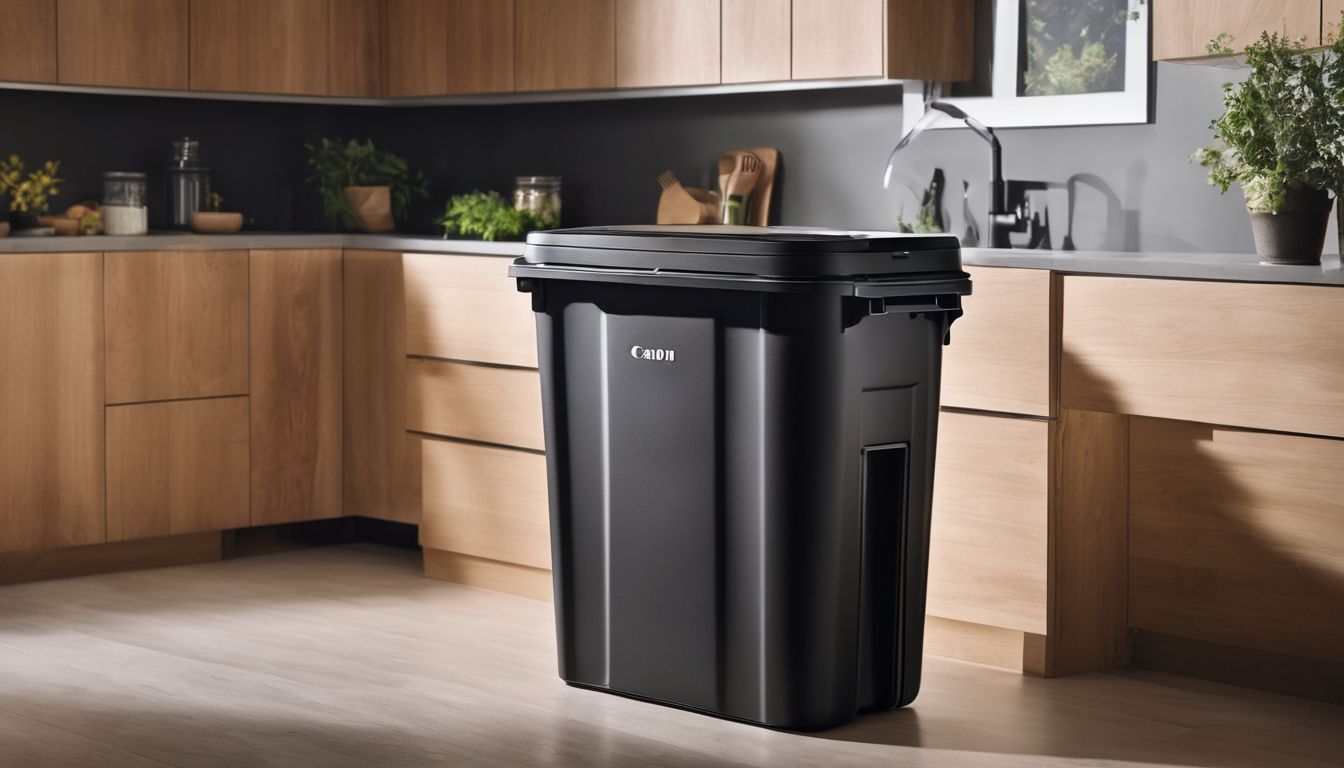This article focusing on climate change in the Midwestern United States is the third in a series of Greeniacs articles outlining how Southeastern United States.
Midwestern United States Climate Change Overview
From the deep woods of Wisconsin to the to the cornfields of Iowa, from the land of many lakes to industrial Detroit, from the windy city to the Great Plains and Badlands, the Midwest is characterized by a unique mix of farming, manufacturing, and forestry. Part of the region’s distinct climate is related to the presence of the Great Lakes, and the region’s location in the middle of the United States. Far from the tempering presence of the Atlantic and Pacific oceans, Midwestern inhabitants are subjected to large seasonal swings from hot humid summers to downright frigid winters.
Climate change is already affecting the Midwest in noticeable ways. Average temperatures in the region have risen, especially in the winter. Since the 1980s, the length of the frost-free season has increased by over a week throughout most of the Midwest. In addition to continued temperature increases, the region may also experience:
- Heat waves, especially in urban centers.
- Increased precipitation, resulting in more frequent and intense flooding.
- Reductions in the Great Lakes’ water levels.
- Loss of native species, crops, livestock, and timberland.
- An increase in adverse public health effects.
Let’s take a closer look at how climate change will likely affect the states of Illinois, Indiana, Iowa, Kansas, Michigan, Minnesota, Missouri, North Dakota, Ohio, South Dakota and Wisconsin.
Temperature Increases and Heat Waves
Scientists have been noting significant increases (about 2.6°F) in annual temperatures in the Midwest since the 1980s. The greatest increases have occurred in the winter (4°F), with new high temperature records set earlier on in 2012. This increase in winter temperatures is particularly worrisome due to the impact it may have on crops if biological processes are accelerated.
Summer-type weather increases, while less substantial, are concerning. This is especially true in cities, where heat-related stresses are very likely to be exacerbated by the urban heat island effect. “Heat island” describes urban areas that are hotter than nearby rural areas. The heat island effect and associated elevated nighttime temperatures were a notable characteristic of the 1995 heat wave, for example. That wave resulted in over 700 deaths in Chicago due to extreme heat and poor air quality.
Precipitation Increases and Flooding
The Midwest has experienced two record-breaking floods in the past 15 years. Although it is impossible to attribute these specific events to climate change, they present a preview of what may become typical in the region. Over the next several decades there is likely to be an increase in precipitation in winter and spring, leading to more heavy downpours, and greater evaporation in the summer, leading to water deficits. The projected increase in very heavy precipitation events will likely lead to more frequent flash flooding and worsen agricultural and other non-point source pollution as more frequent heavy rains wash pollutants into rivers and lakes.
Great Lakes Water Level Reductions
The Great Lakes currently contain 20 percent of the planet’s fresh surface water. With climate change underway, this statistic is unfortunately likely to change, as increased evaporation is predicted to significantly reduce water levels in the Lakes. Climate models predict that the lake level will decrease between one and five feet. Reductions of this magnitude will have a great impact on shipping, hydropower, infrastructure, beaches, and ecosystems. For example, lower Lake levels decrease a ship’s ability to carry freight. Large vessels designed to pass through the St. Lawrence Seaway “lose up to 240 tons of capacity for each inch of draft lost.” With all of the impacts on shipping, repair and maintenance, and recreation and tourism, lower water levels are projected to lead to increases in the costs of navigation between 5 to 40%. Such changes would require major adaptations such as re-engineering of ship docks and locks for transportation and recreation.
Perhaps the most concerning thing about lower Lake levels is that they will occur at the same time that demand for water across the region will increase. There is the possibility of increased national and international tension related to increased pressure for water diversions from the Lakes as demands for water increase.
Effects on Crops and Native Species
Corn is the largest United States crop, both in terms of volume and value. Given the Midwest’s status as the “corn belt” of the U.S., the impact that climate change might have on this crop is of huge concern to farmers in the region. It is expected that spring flooding will delay planting and will likely lead to an increase in disease-causing pathogens, insect pests, and weeds.
In addition to their concerns about agricultural production, Midwesterners are also anxious about native birds, mammals, amphibians, reptiles, and insects that will be affected by climate change. Native species are likely to face increasing threats from rapidly changing temperatures, pests, diseases, and invasive species moving in from warmer regions. Unfortunately, the ability of many native species to adapt will be limited by major urban areas in the Midwest and the presence of the Great Lakes. For more on the impact of losing native species, read this article on the importance of biodiversity.
Conclusion
In 2007, several states in the Midwest joined a greenhouse gas reduction accord with goals for energy efficiency improvements, low-carbon transportation fuel availability, renewable electricity production, and carbon capture and storage development. Not surprisingly, much of the discussion about climate change in the Midwest revolves around the alternative fuel corn-based ethanol. Late in 2011, a 30-year old multi-billion dollar subsidy for ethanol was allowed to expire. Despite some mild outcry, it turns out that the expiration of the subsidy will do little to affect the quantity or cost of corn grown in the Midwest due to the Renewable Fuel Standard. This legislation mandates that at least 37% of the 2011-2012 corn crop be converted to ethanol and blended with the gasoline that powers our cars. What the expiration of the subsidies does, it turns out, is allow for less publicity—“mandates provide the same benefit without being quite so obvious about it.” To me, this seems like a very secretive and cowardly way of dealing with energy choices in the face of climate change. If we are serious about truly cutting back on carbon emissions and mitigating global warming in this country, the time is ripe to have a frank discussion about energy alternatives and consequences.




